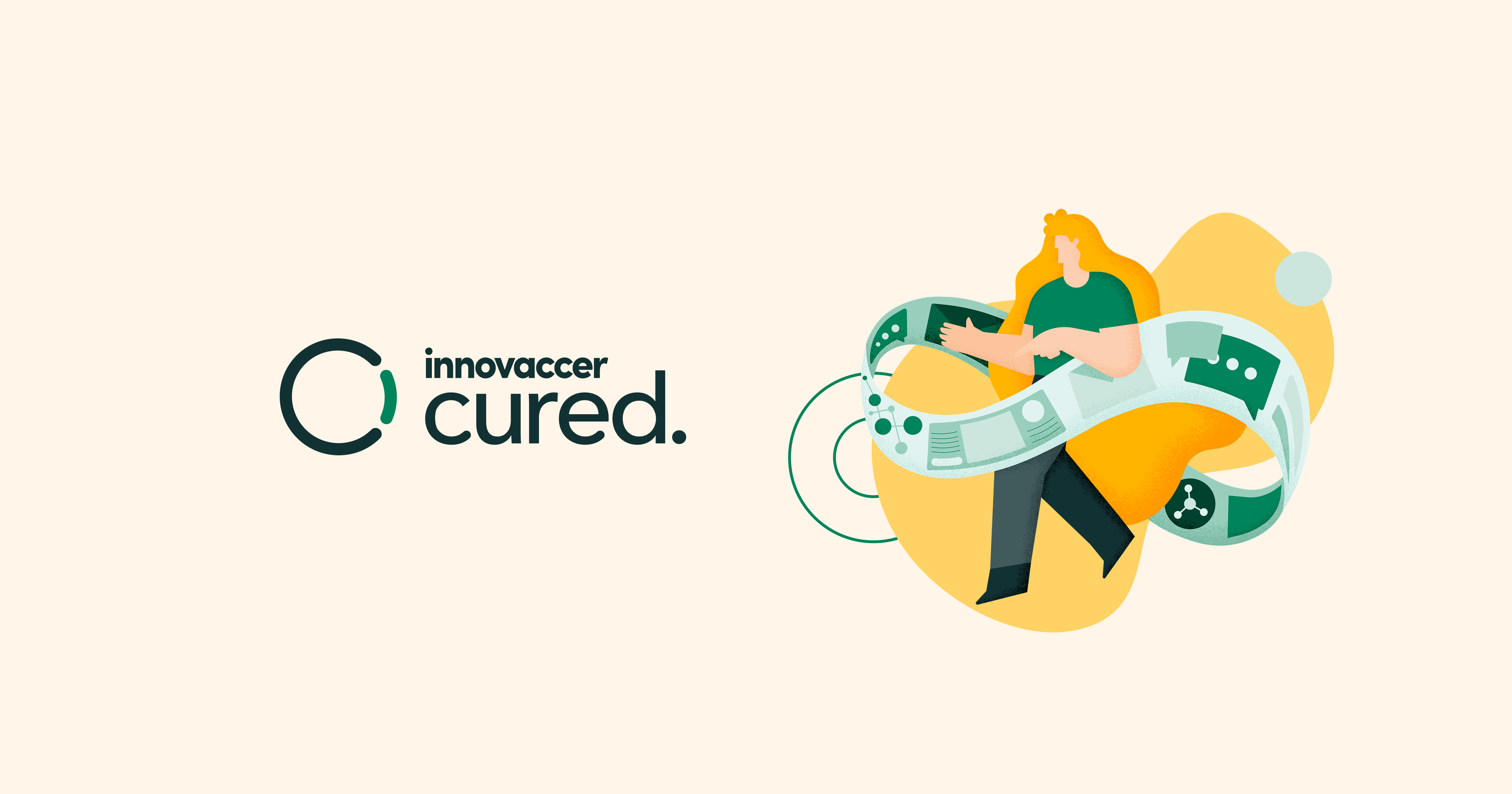reimagining the healthcare CRM for 2025

discover how next-gen healthcare CRMs go beyond static data and batch outreach to power real-time patient engagement with AI and unified insights
Healthcare CRMs have long promised to foster better relationships, enhance outreach, and coordinate experiences. But in reality, most systems are still stuck in an outdated model built around static lists, siloed data, and batch-and-blast campaigns. They weren’t designed for real-time engagement, dynamic personalization, or the complexity of modern patient journeys.
As healthcare enters a new age, it's time to reimagine what a CRM should be. No longer just a contact repository, but a living, learning system that drives connection at every step of the patient journey.
built for action, not storage
Traditional CRMs are great at holding information, but weren’t designed to act on it. In today’s environment, storing data isn’t enough. A modern healthcare CRM needs to activate that data in real time by turning signals into touchpoints, triggers into engagement, and insights into action. Whether it’s reminding a patient to schedule a screening or nudging them to refill a prescription, the CRM should move with patients, not lag behind them.
every interaction personalized, every journey connected
Static segmentation can’t keep up with evolving behaviors and needs. A modern CRM must adapt in real time, personalizing content, cadence, and channels for each individual. When a patient cancels an appointment, delays a follow-up, or shows signs of disengagement, the system should adjust automatically. This isn’t about more outreach; it’s about smarter, more meaningful interactions that meet people where they are.
more than marketing
A modern CRM isn’t just for the marketing team. It’s infrastructure for the entire patient experience. From contact centers and care coordinators to digital front doors and clinical outreach, everyone benefits from a shared view of the patient and the ability to act on it. In 2025, a healthcare CRM must integrate across systems, close communication loops, and power experiences that feel seamless, not siloed.
AI is the new engine
AI isn’t a future add-on; it’s the engine that drives the next generation of CRM. AI agents should manage workflows behind the scenes, determining who should get which message, when, through which channel, and why. They should surface the next best action for each patient, flag gaps before they become drop-offs, and deliver measurable results without manual oversight. With AI, CRM becomes less about managing contacts and more about managing outcomes.
built for healthcare from the ground up
Healthcare isn’t retail. It’s personal, regulated, and deeply complex. The CRM of the future needs to reflect that with a build that uses healthcare-specific data models with compliance baked in and tools that support everything from population health campaigns to value-based care initiatives. It should flex to fit different service lines, adapt to patient preferences, and scale with system growth.
the future is coordinated, intelligent, and patient-first
As expectations rise and complexity grows, a reimagined CRM is not a luxury but a necessity. It’s how health systems will drive loyalty, close care gaps, and deliver the personalized, connected experiences patients expect in 2025 and beyond.
meet the Healthcare Experience Platform (HXP)
HXP is more than a CRM; it’s the foundation for smarter, coordinated healthcare experiences. With unified data, AI-powered workflows, and real-time engagement tools, HXP transforms how you connect with patients, providers, and communities. Built for healthcare. Designed for impact.



